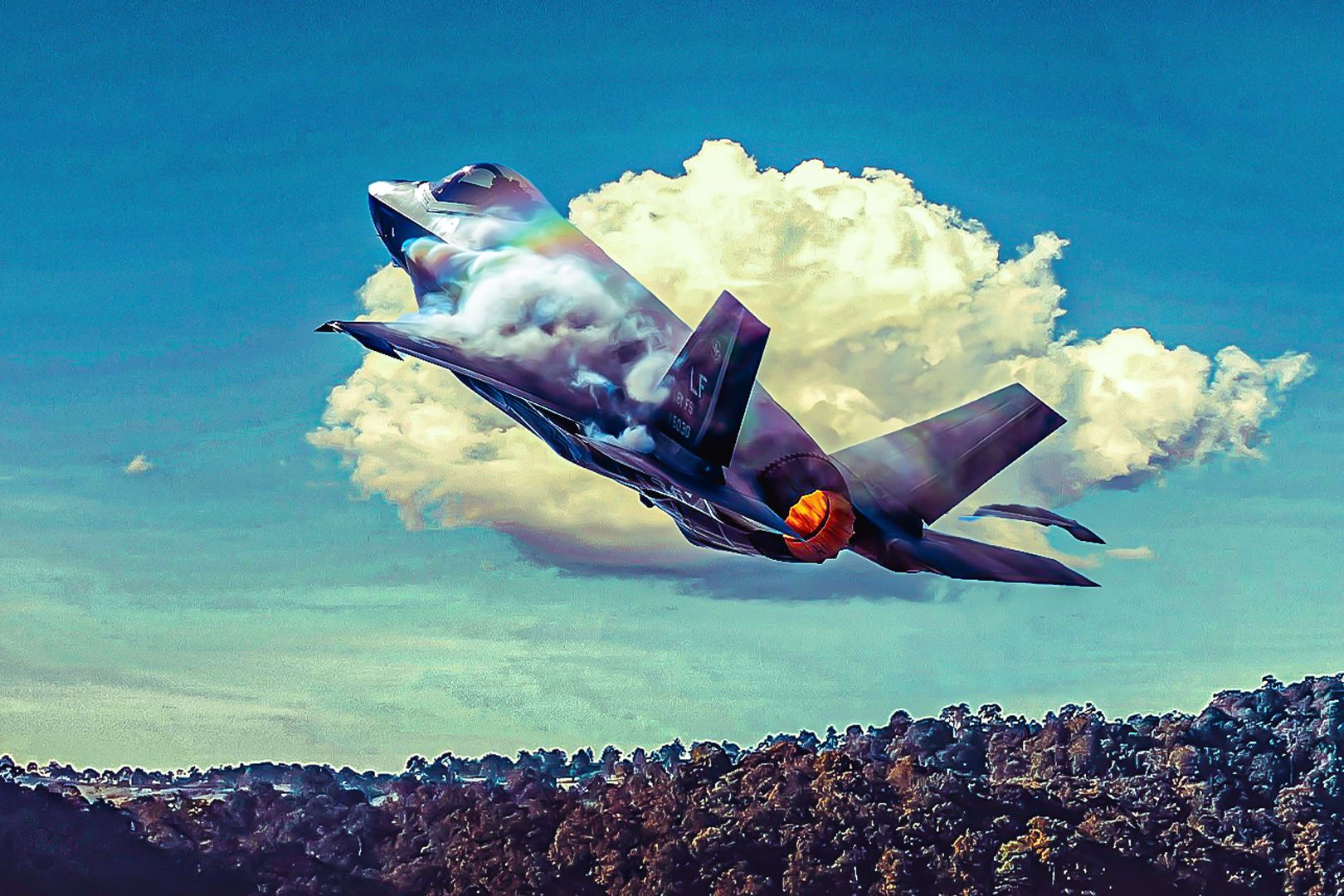Summary Aircraft engine core upgrades enhance performance and reliability, providing improved air dominance. Efficient thermal management sustains engine performance and reduces wear and tear for reliable jet operation. Networked platforms allow various generations of fighter jets to communicate effectively, enhancing air dominance.
Air dominance of military fighters is essential at all times. To achieve that edge over adversaries, combat aircraft must always remain in the most updated and capable state. This article notes some of the game-changing updates performed on fighter aircraft.

1 Engine Core Upgrade Example: F-135 engine core upgrade High-pressure (HP) compressor and combustor Compressor cases, disks, shrouds, and blades Shaft and bearings Fuel system An engine is essentially the heart of the airplane, which powers the aircraft and provides power to all essential components and systems. For example, the Lockheed Martin F-35 Lightning II depends on the power of the Pratt & Whitney F135 engine. For the Block 4 upgrade, which is part of the F-35 improvement plan, Pratt & Whitney aims to redesign the core module of the F135 engines.
The Vice President for the F135 program at Pratt & Whitney, Jeniffer Latka, states, as recorded by RTX , “[The Engine Core Upgrade] is the only solution that will field fast enough, in meaningful quantities, to make a difference to the warfighter. From a taxpayer perspective, an upgrade to the existing engine costs a fraction of a brand-new engine.” A necessary reminder of the need for air policing and reading Notices To Airmen (NOTAM) before flying around.
The advantages include: Tri-variant commonality (compatibility with all three F-35 variants) The use of existing infrastructure and investments An architecture that has logged more than 1 million safe flight hours Reduced risk to schedule 2 Thermal Management Keeping the jets cool Enhanced Power and Cooling System (EPACS) Efficient management of bleed air Optimizes performance and efficiency Minimizes wear and tear Hotter engines mean lower efficiency, compromised performance, and greater deterioration. Efficient cooling of jet engines is essential to ensure they continue to run within operational limits while preventing components from excessive wear. The EPACS system proposed by Collins Aerospace, an RTX company, efficiently uses the engine bleed air for cooling of components and systems.
The use of high-pressure conditioned air from the engine bleed system must be optimized to preserve engine efficiency and maintainability. The US will move fighter jets, an aircraft carrier, and other military assets to bolster its presence in the Middle East. Moreover, the engine performance, particularly during combat missions, is largely affected by the engine’s thermal management system.
The director of strategy and business development at Collins Aerospace, Patrick O’Brien, commented, “This goes not just to heat dissipation, but also to power generation and distribution. You have directed energy weapons and lots of communications and guidance requirements that are driving power requirements substantially higher.” 3 Advanced and networked weaponry The form, fit, function refresh (F3R) New software Faster processors Upgraded guidance and control systems The F3R program is for advanced weaponry, where the latest-generation missiles feature newer software, faster processors, and upgraded guidance mechanisms to detect and classify moving targets more accurately and in all weather conditions.
Raytheon states that faster and more reliable software enhances weapon capabilities by enabling faster countermeasures and performance. The StormBreaker smart weapon can detect targets at very high precision in poor-visibility conditions, including at night, inclement weather, and in smoke. Newer, more advanced missiles can be deployed beyond the pilot’s sight range.
As such, the maximum range and capability of the missile is diligently used. The F-16 Block 70 is compatible with the latest-generation fighter platforms. 4 Advanced sensors Particularly for older fighter jets – especially those with niche roles.
The PhantomStrike fire-control radar Nearly half the weight of previous active electronically scanned array radars Consumes approximately 65 percent less power Advance sensor upgrades are done to put power back into older aircraft, particularly those with niche roles. For example, the F-15E carries more weapons than the latest F-35. As such, the F-15E sensors should keep their stealth advantage through greater targeting information.
According to Raythoen , “PhantomStrike is our latest revolutionary radar,” said Bryan Rosselli, president of Advanced Products and Solutions at Raytheon. “It’s critical for our customers to have more aircraft flying capable sensors in an evolving threat environment. And it’s our responsibility to help them achieve and maintain air dominance with powerful technology that is smaller, more affordable and easier to maintain.
” F-16 Block 70/72 continue to be produced for air forces around the world and are considered advanced 4.5 generation fighters. 5 Networked platforms Multiple generations of fighter jets can operate together Multiple US and allies jets can operate together Various generations of platforms can communicate as a coalition Increased air dominance of networked fighters Secure radio communication among military platforms Networked and secured communications between multiple platforms of different generations means keeping adversaries away.
A greater level of network ensures joint and partner forces have all the information appropriate for the mission. The cross-platform mechanism allows forces to collaborate in real-time while information specific to individual aircraft is tailored accordingly. According to RTX, “They have to figure out how to partition effectively to support both their own security and interoperability.
Every nation has to be able to protect its own integrity through what’s accessible in the system. It’s a highly complex problem to solve.” BAE is upgrading the FWB FCC computers of the US military's newest 4.
5th-generation fighter aircraft in New York..



















